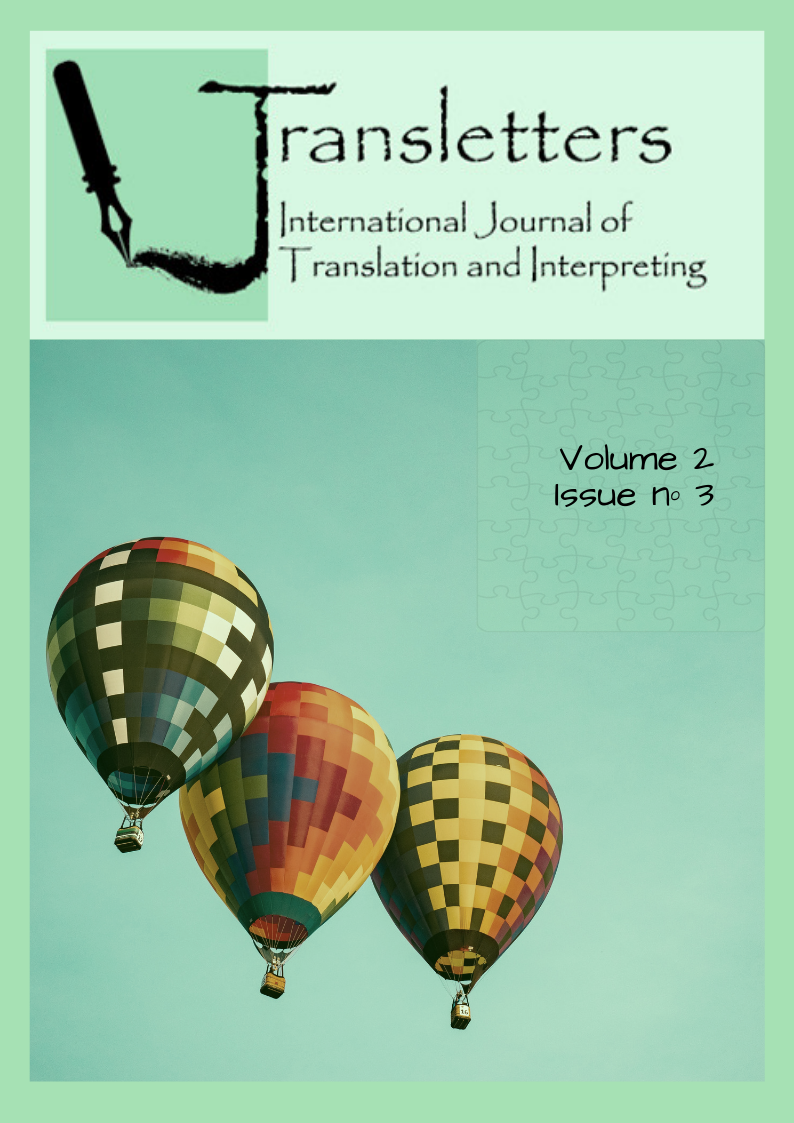The nightmare before dubbing. Analysis of translation of songs intended for dubbing in animation films from Disney factory
Contenido principal del artículo
Resumen
The music industry is not usually associated with translation activities, but songs playing a part in plots from cinematographic works must be translated. In the case of dubbing, translated song lyrics must meet the requirements of the original melody, but they also should correspond to the scene during which the piece is sung, the purpose for which it was conceived, the lip movement of every character and those specific features related to a particular audience. It goes without saying that it is not an effortless challenge. Although there is not a large volume of demand, it reveals some importance in terms of the market surrounding animated films and musical theatre. For that reason, translators must become aware of the strategies applied with regard to professional projects. We selected songs from Disney animated films because this company establishes the most representative example of song translation intended for dubbing. In general terms, songs are subtitled when it comes to animation films from other companies. We provide an analysis of English and Spanish versions based not only on translation techniques, but also on syllabic structures, emphasis, rhyme and methods which can be applied to song translation.
Descargas
Detalles del artículo
Política propuesta para las revistas que ofrecen acceso abierto
Los/as autores/as que publican en esta revista aceptan las siguientes condiciones:
1. Los/as autores/as conservan los derechos de autor y conceden a la revista el derecho de primera publicación con el trabajo licenciado simultáneamente bajo una Licencia de Atribución de Creative Commons, la cual permite a otras personas compartir el trabajo con un reconocimiento de la autoría del trabajo y la publicación inicial en esta revista.
2. Los/as autores/as pueden establecer acuerdos contractuales adicionales para la distribución no exclusiva de la versión publicada del trabajo en la revista (por ejemplo, enviarlo a un repositorio institucional), con un reconocimiento de su publicación inicial en esta revista.
3. Se permite y anima a los/as autores/as a publicar su trabajo previo a la versión final publicada en esta revista una vez aceptado (por ejemplo, en repositorios institucionales o en su sitio web), ya que puede dar lugar a intercambios productivos, así como a una citación más temprana y mayor del trabajo publicado (Véase El efecto del acceso abierto).

